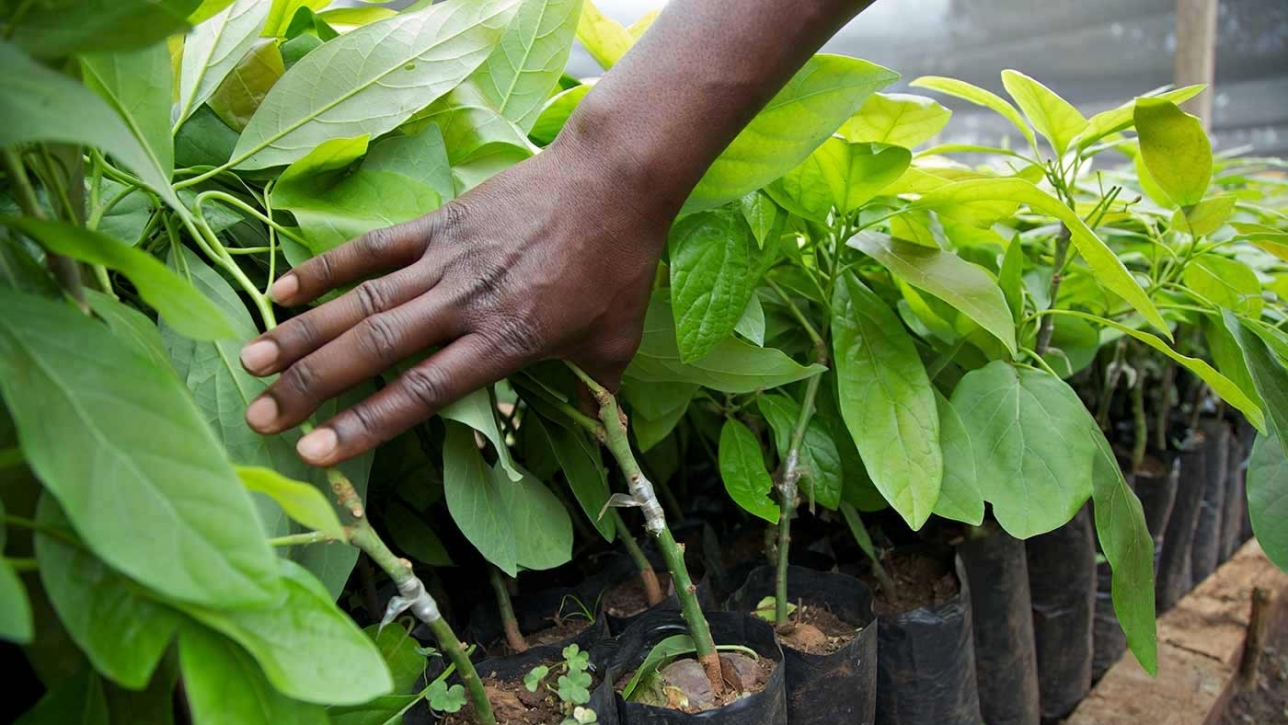The $25 million African Agricultural Capital Fund was billed as “first of its kind” when it was announced last year, but backers were a little hazy about exactly what it was the first of.
A new case study of the five-party negotiations that led to the fund, issued by the Global Impact Investing Network, usefully illuminates what’s special about the fund, which is seeking to invest $25 million in deals of between $200,000 and $2.5 million, intended to improve the lives of 250,000 smallholder farm families in East Africa by increasing their annual income by at least $80 each over the next five years.
The AACF’s backers specifically intended the deal’s structure to be replicable by other investors. Most interesting is the fund’s two-tier structure: In one tranche, J.P. Morgan’s $8 million in debt-financing (50% guaranteed by the U.S. Agency for International Development) means the bank is “forsaking upside in exchange for more downside protection,” said Amy Bell, vice president of J.P. Morgan’s social finance unit. It was the first time J.P. Morgan had taken advantage of a USAID guarantee, “so we needed to learn and appreciate its nuances,” Bell said.
For the other tranche, The Gates and Rockefeller foundations, which put in $10 million and $2 million respectively, made program-related investments – for-profit investments on their grant-making, not endowment, side. Under U.S. tax law, PRI’s must be targeted on charitable purposes and not primarily designed to generate income.
The report notes that two tranches earn different rates of return aligned with the risk profile and capital structure, but it doesn’t break out the two rates of return. A person familiar with the deal structure confirmed that the equity investors expect net returns of 15 percent, while J.P. Morgan’s can expect 6 percent from its partially guaranteed debt instrument. Overall, the fund is targeting a 12.5% net return, after 3.5% in costs and fees. (Note: this paragraph was updated with new information July 22.)
Another area of negotiation concerned measurement of the impact on smallholder farmers in East Africa, in line with the fund’s investment thesis that improved access to markets, goods and services can boost farm family incomes. Pearl Capital Partners itself proposed that its fund managers’ compensation be tied to the measureable impact on small farmers.Pearl, along with the Gatsby Foundation, has published a useful study of the social impact of five investments in African agriculture by their previous fund.
According to the new case study, it was the fund investors who said no to such strict impact accountability. Concerned about the quality of data around small farm operations, and AACF’s limited influence as a minority investor, they opted instead for a more traditional metric: investee business growth.
The investors did set overall portfolio targets – improve the lives of 250,000 smallholder farming households, increasing annual income by $80 each over five years and created an impact committee to screen potential investments. To help ensure its investments are used for their stated purpose, AACF uses an “intent vs. use” clause that allows the fund to withdraw their investments if they are used in ways that undermine smallholder farmers.
The case study also provides detail on the fund economics: Pearl Capital’s fund manager’s fee is 2 percent of committed capital or 2.5 percent of invested capital, whichever is greater. Pearl also receives carried interest of 20 percent of distributions after return of the principal, and a preferred return of 6 percent per year.
Both Justina Lai of Rockefeller and J.P. Morgan’s Bell said part of their motivation was simply demonstrating that such a deal could be done. The negotiations were time consuming, Bell said, but added, “Any deal we created together could serve as a precedent for the impact investment industry by illustrating how investors with different risk/return profiles can come together to create a new investment solution.”












